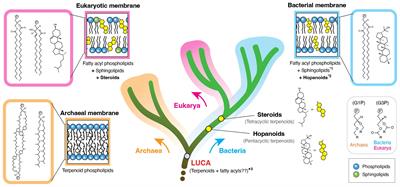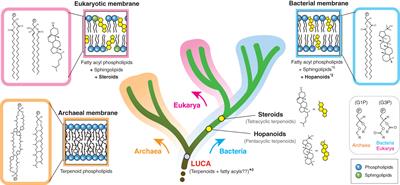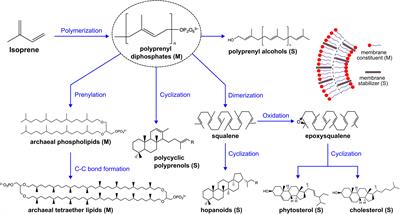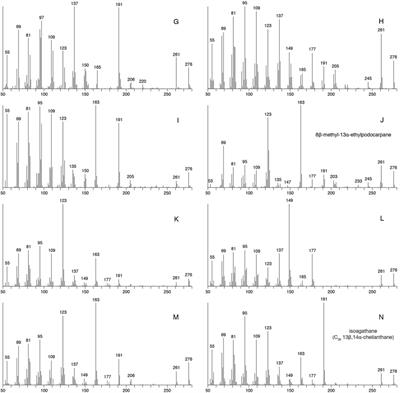EDITORIAL
Published on 03 Jun 2024
Editorial: Emergence of dynamic membranes – role of terpenoids in the evolution of membrane organization and regulation

doi 10.3389/fevo.2024.1420158
- 913 views
2,072
Total downloads
11k
Total views and downloads
EDITORIAL
Published on 03 Jun 2024

MINI REVIEW
Published on 01 Feb 2024

MINI REVIEW
Published on 22 Nov 2023

ORIGINAL RESEARCH
Published on 08 Nov 2023

ORIGINAL RESEARCH
Published on 31 Aug 2023

